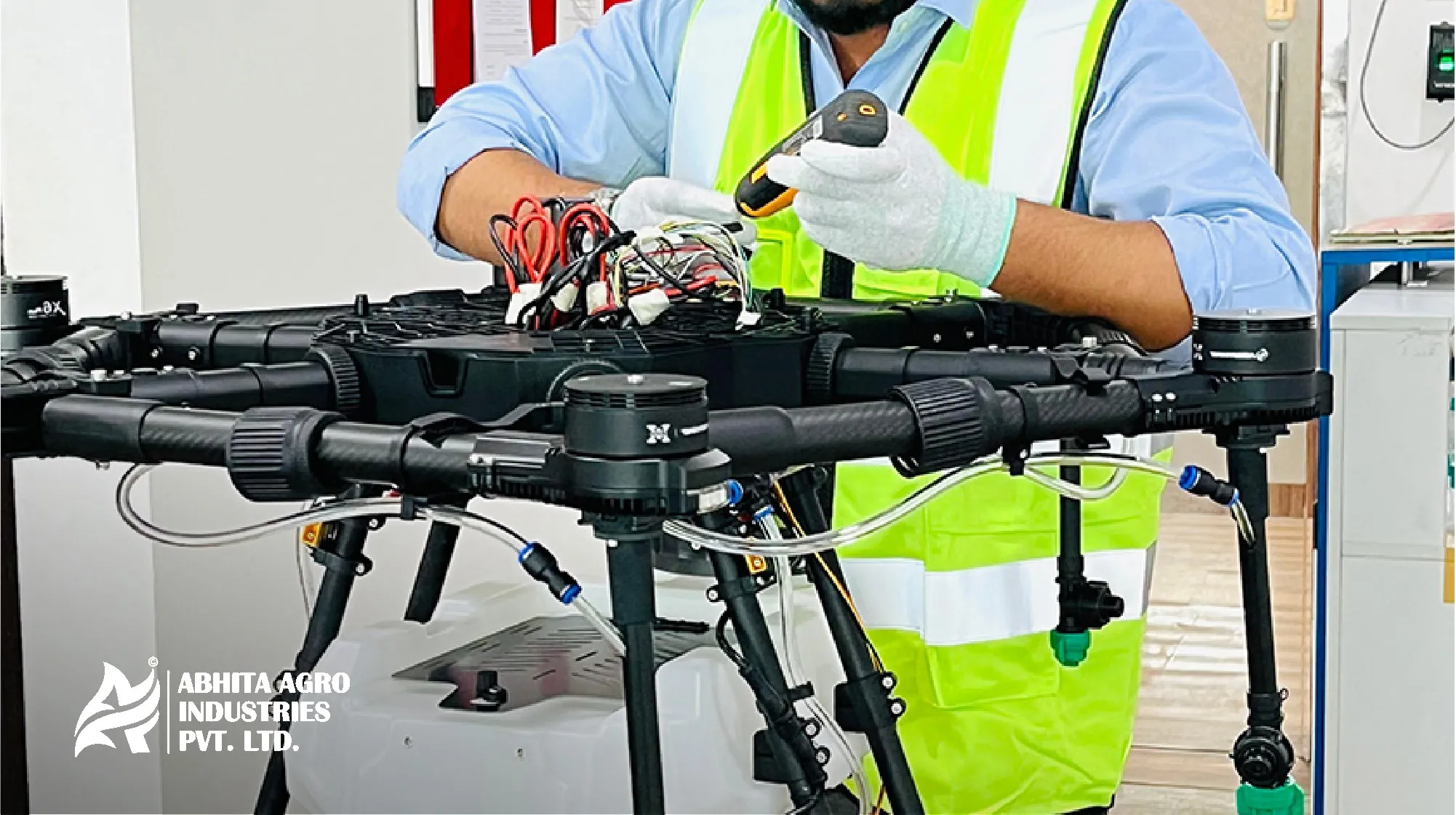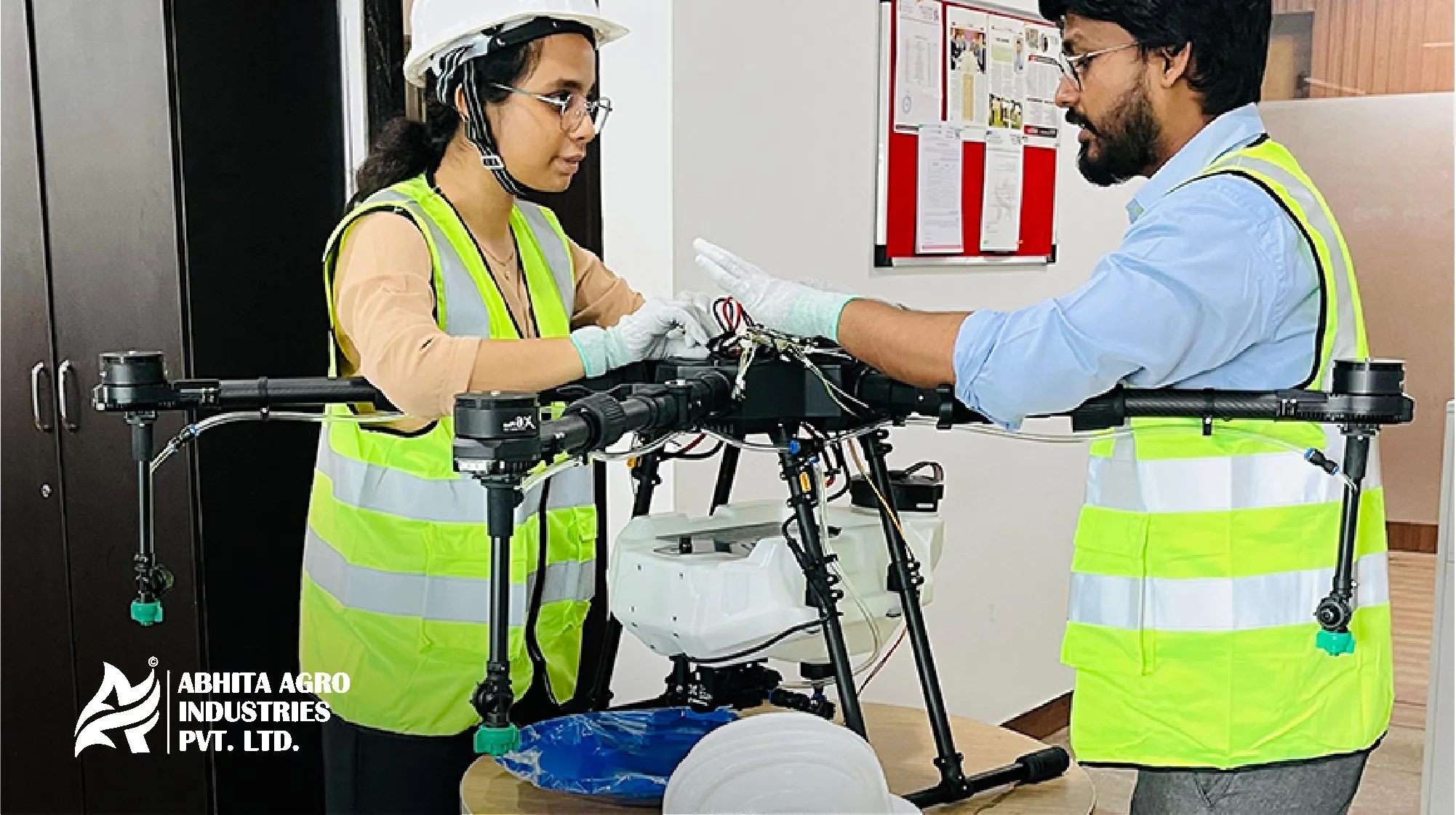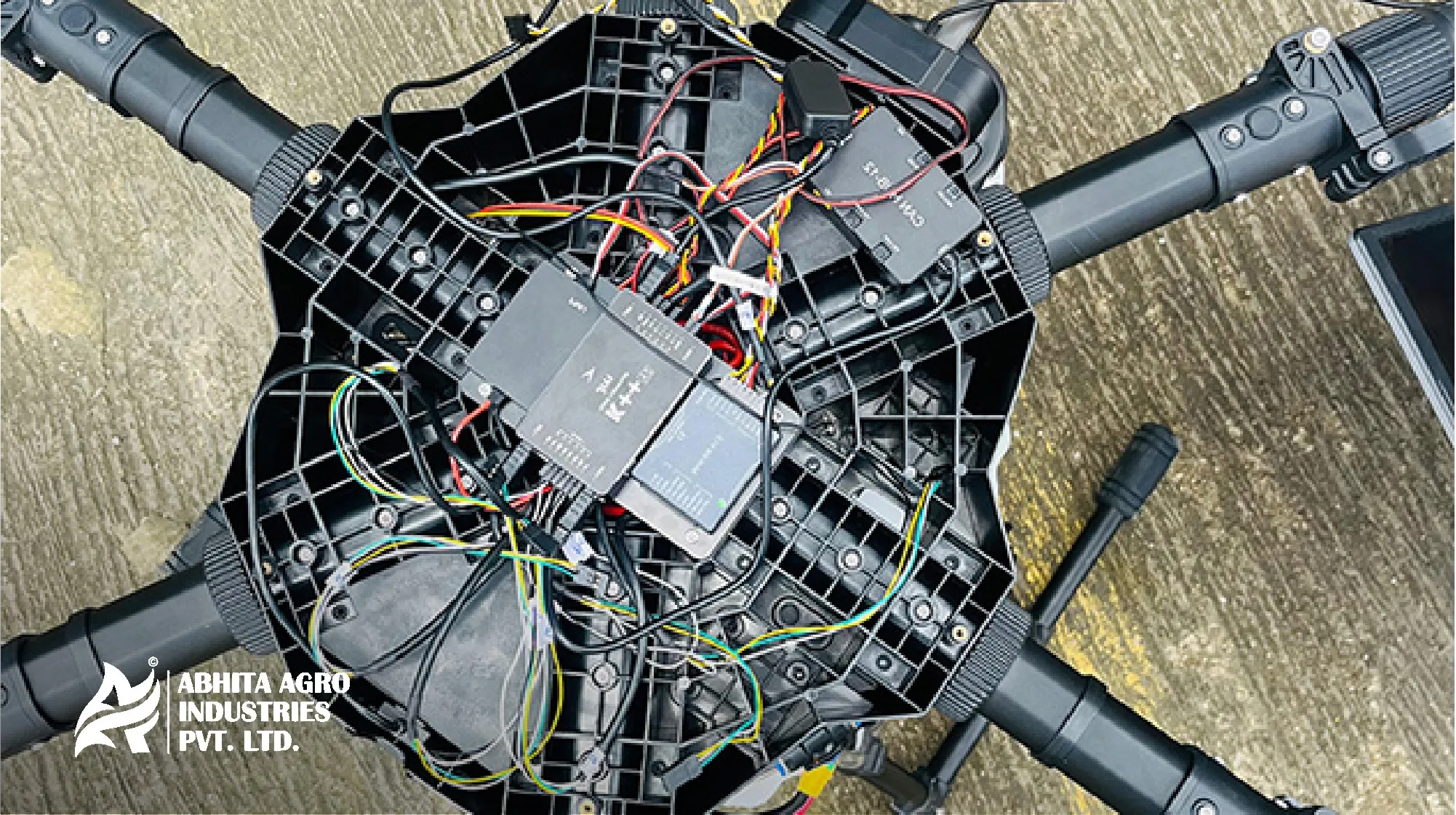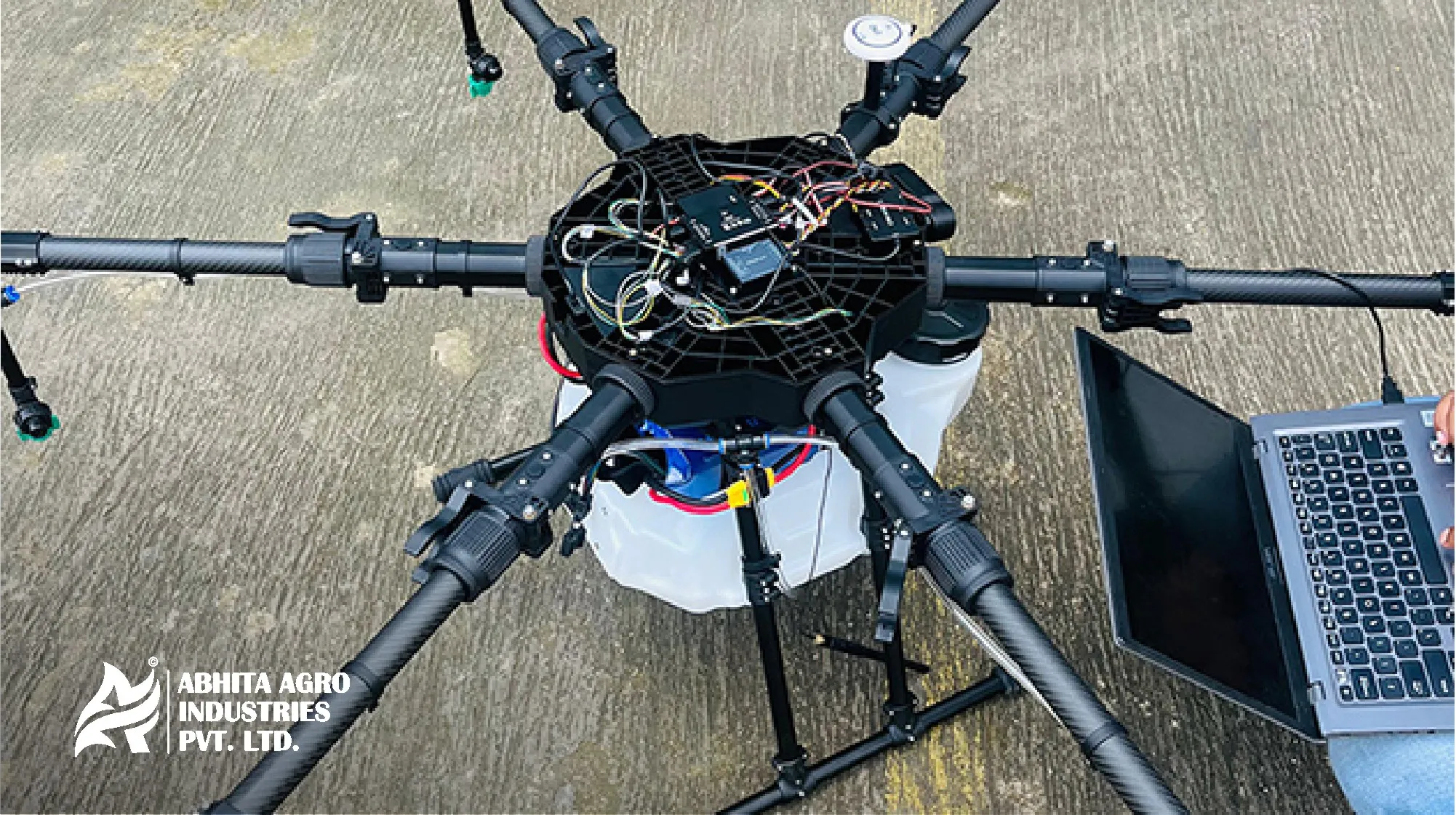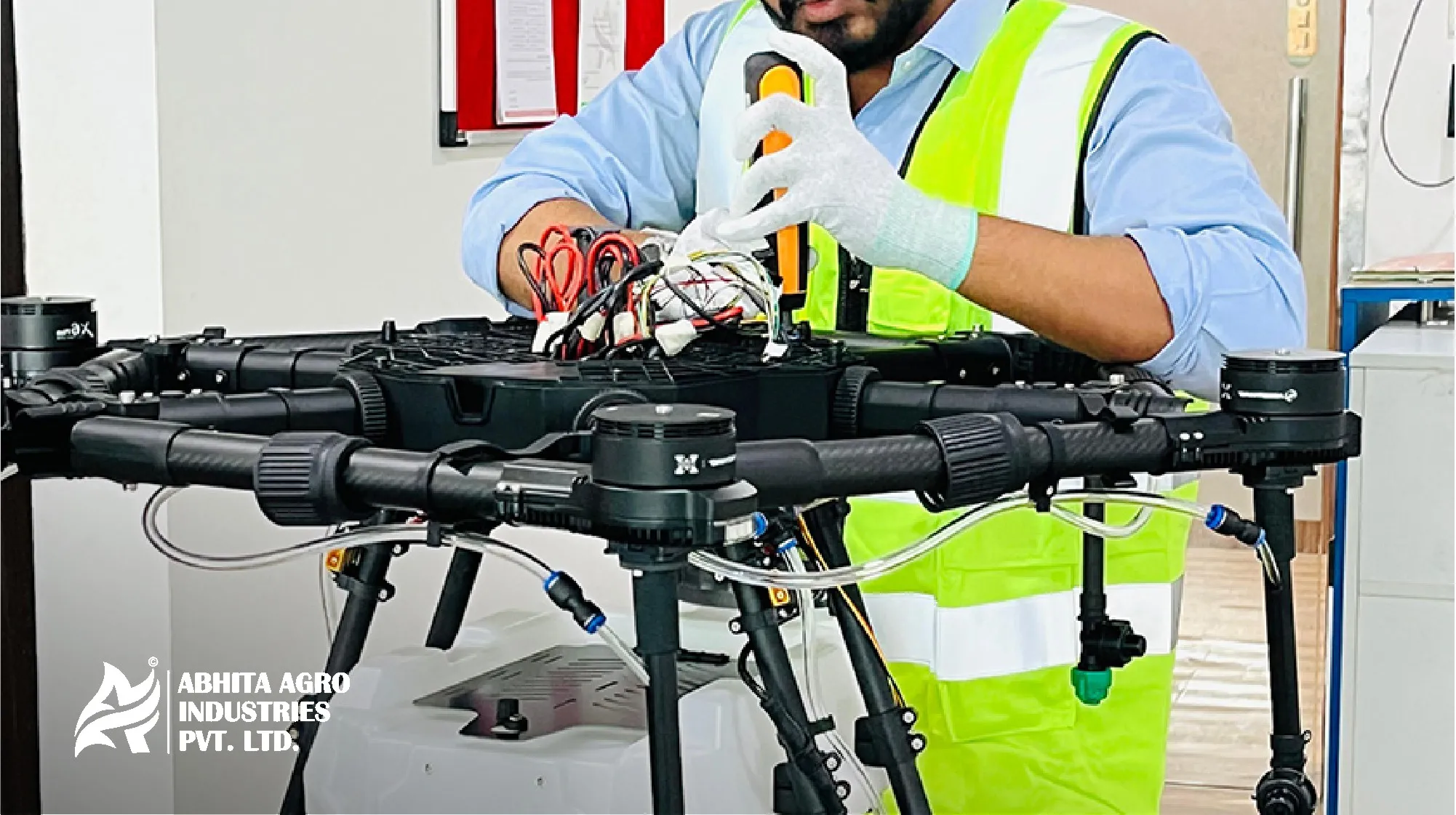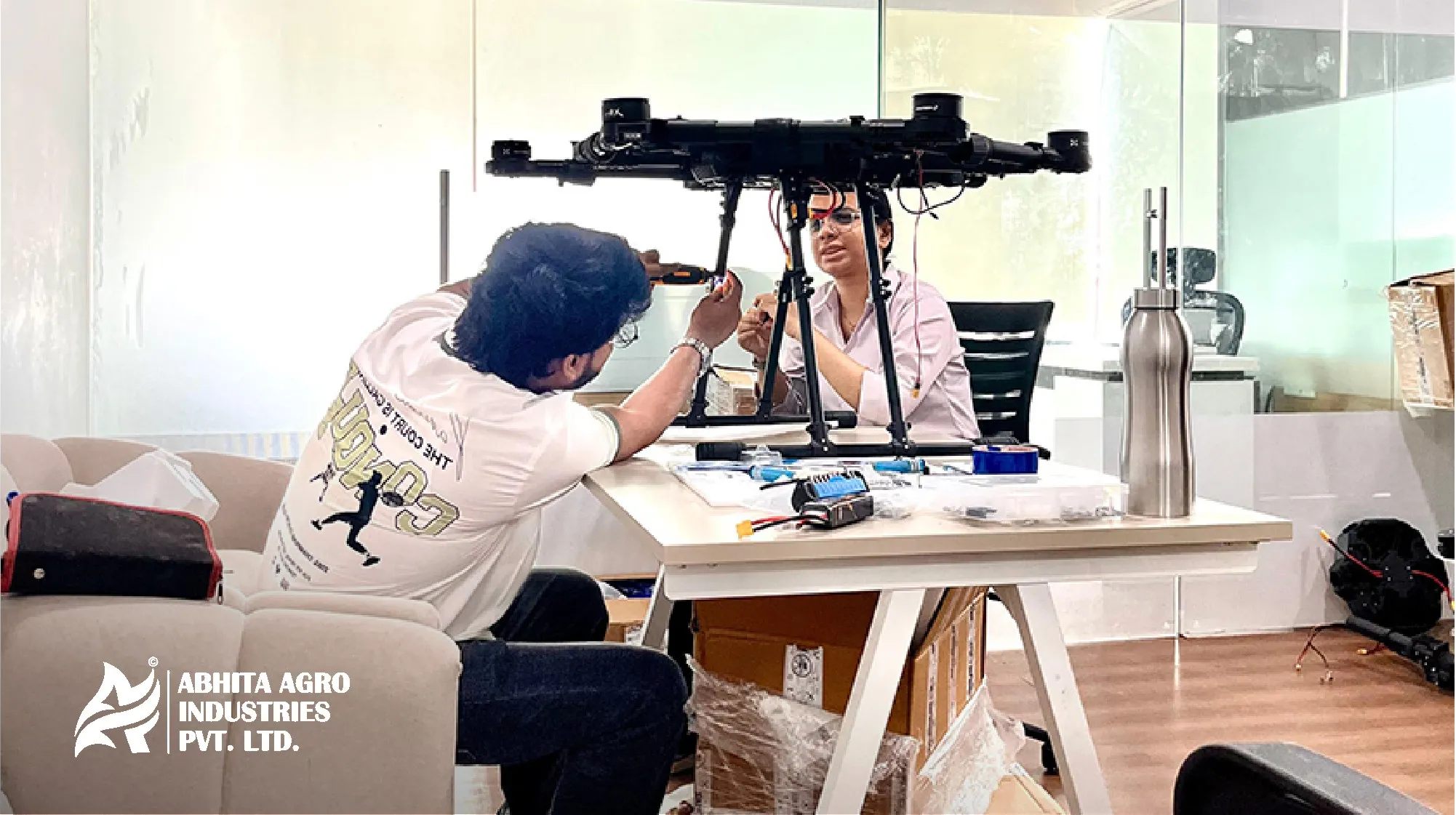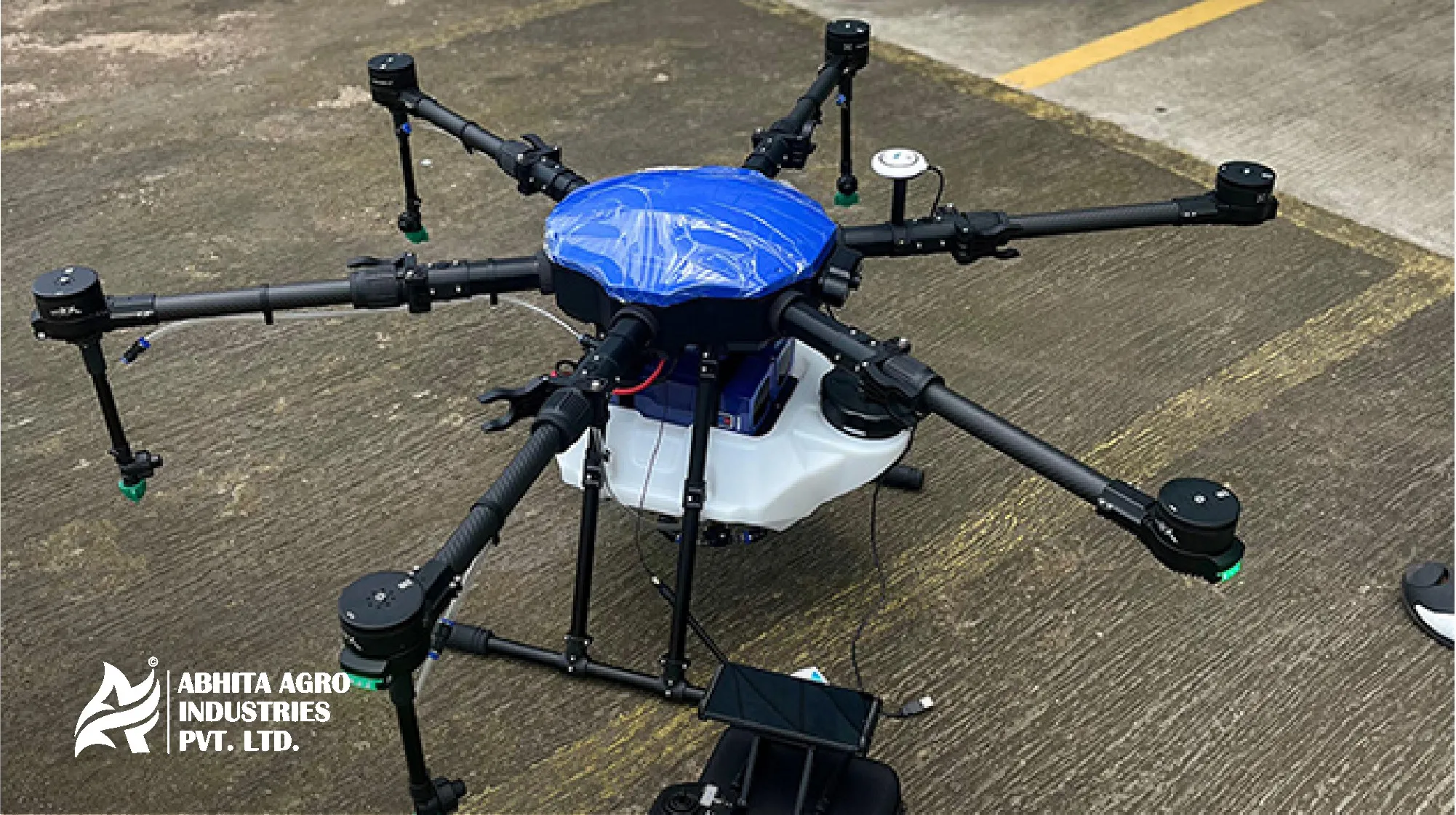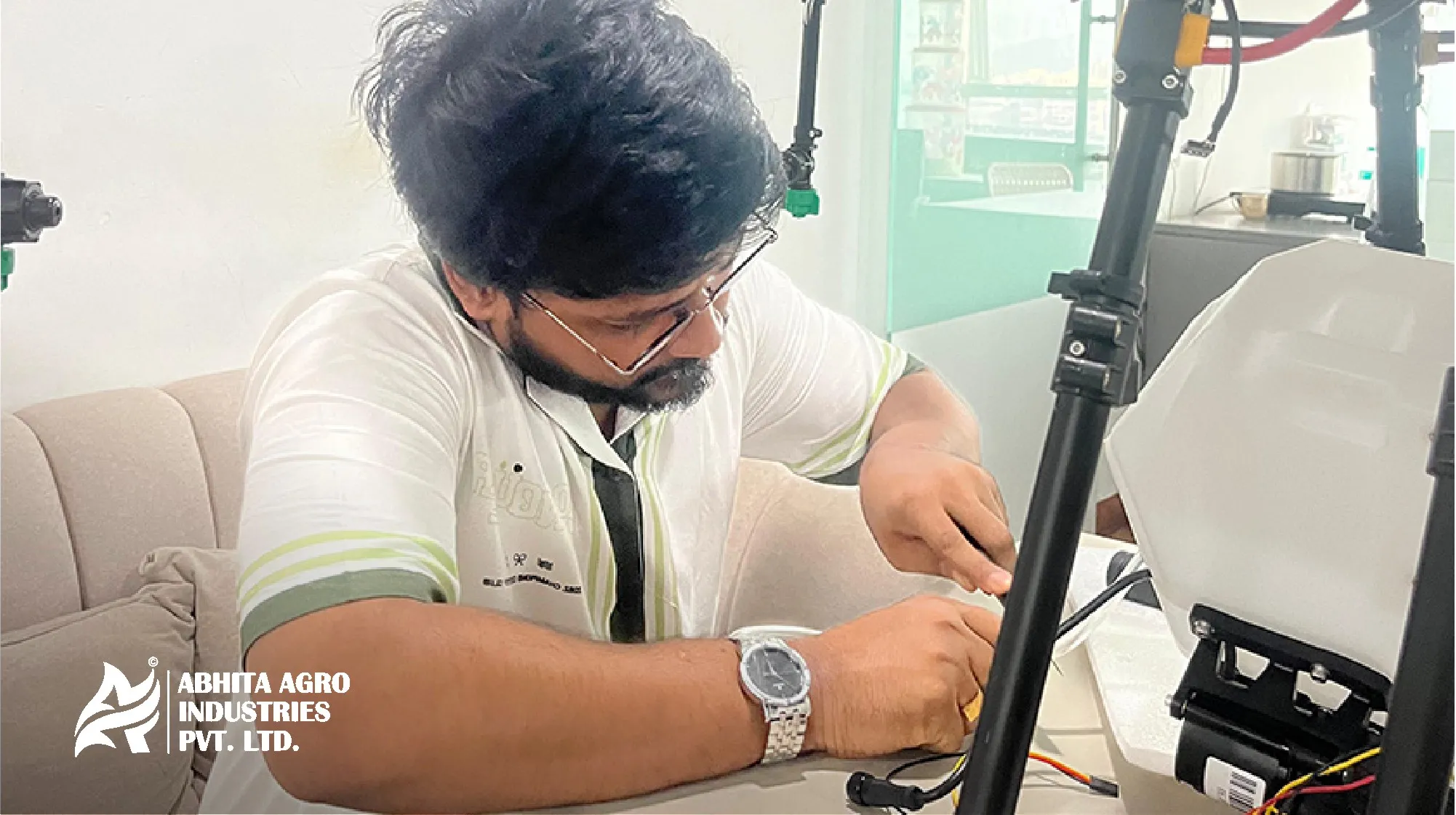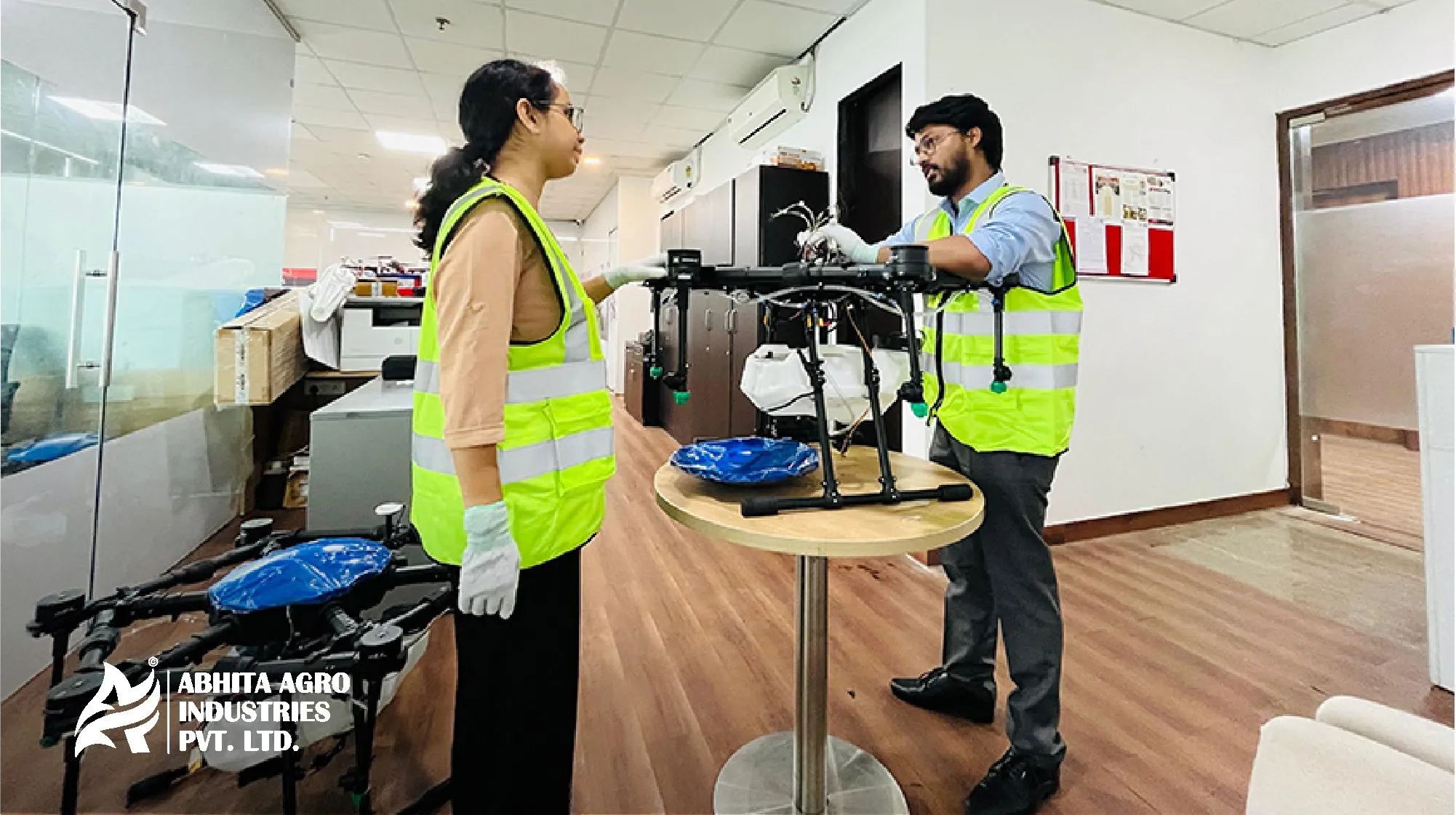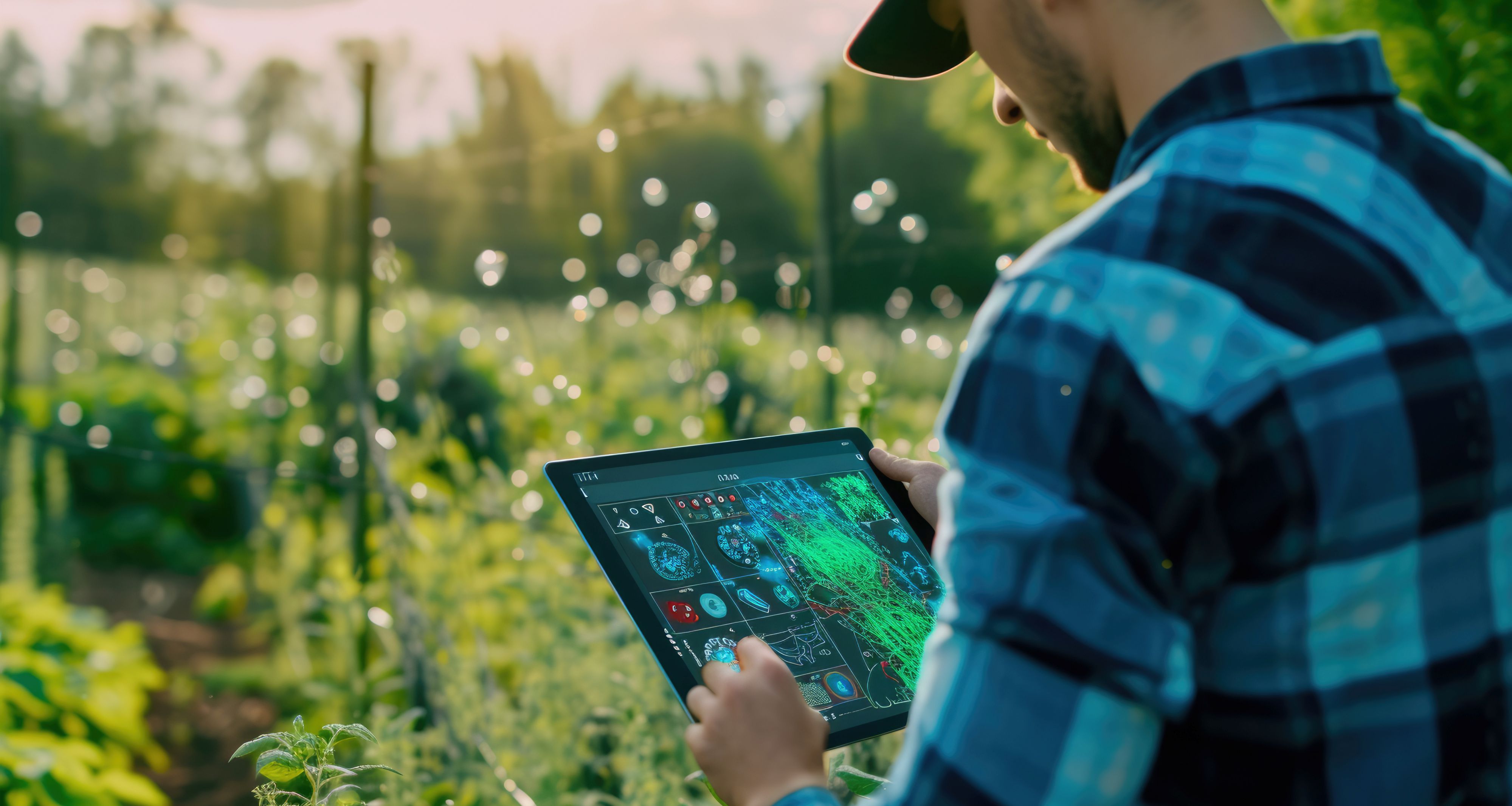
The Future of Agriculture is Here
Agriculture is undergoing a technological revolution, and Digital Farming is at the heart of this transformation. By combining modern digital tools with traditional farming knowledge, digital farming empowers farmers to make smarter decisions, increase productivity, reduce costs, and promote sustainable agricultural practices.
Whether you’re a smallholder or a large-scale farm owner, embracing digital farming can change the way you grow, manage, and market your crops and livestock.
What is Digital Farming?
Digital Farming refers to the integration of advanced technologies into agriculture, such as:
-
IoT (Internet of Things)
-
GPS and GIS mapping
-
Remote sensing (drones and satellites)
-
Artificial Intelligence (AI) and Machine Learning (ML)
-
Farm management software
-
Mobile apps and data analytics
Together, these tools help farmers gather real-time data from their fields, monitor crop and soil health, manage inputs like water and fertilizer efficiently, and make data-driven decisions to boost yield and profitability.
Key Components of Digital Farming
-
Precision Agriculture
Precision agriculture involves using GPS, soil sensors, and satellite imagery to apply the right amount of inputs like water, seeds, and fertilizer at the right time and place. This reduces waste and increases efficiency. -
IoT-Based Monitoring
Smart sensors installed in fields or greenhouses collect real-time data on temperature, humidity, soil moisture, pH levels, and more. This data is sent to farmers via mobile or web apps, allowing remote monitoring and control. -
Drones and Satellite Imaging
Drones are used to survey fields, assess plant health, and detect pest infestations. Satellite images provide large-scale insights into crop growth patterns, water usage, and potential issues, enabling timely interventions. -
Farm Management Software
Digital platforms allow farmers to plan and manage every aspect of their farm from seed selection and crop rotation to inventory, finance, and labor. These tools also generate reports and forecasts for better planning. -
Weather Forecasting Tools
Localized, accurate weather forecasts help farmers plan irrigation, pesticide spraying, and harvesting schedules more effectively reducing losses caused by unexpected weather changes. -
Market Connectivity
Digital platforms and mobile apps connect farmers directly with buyers, markets, and agri-advisors, helping them get better prices and timely support.
Benefits of Digital Farming
✅ Increased Productivity
Digital tools help optimize crop planning, input usage, and farm operations resulting in higher yields with fewer resources.
✅ Cost Reduction
Farmers can reduce unnecessary usage of seeds, water, fertilizer, and labor by using data-based decision-making.
✅ Early Problem Detection
With real-time monitoring and AI-powered alerts, farmers can detect pests, diseases, or soil issues early and take corrective actions.
✅ Sustainable Farming
Efficient resource use means less waste, lower emissions, and minimal environmental impact leading to sustainable, eco-friendly farming practices.
✅ Data-Driven Decisions
Accurate farm data and analytics allow better planning for the next season, improving long-term profitability and resilience.
✅ Access to Finance and Insurance
Many digital platforms offer farmers access to credit, insurance, and subsidies based on their farm data and activity, reducing risks.
